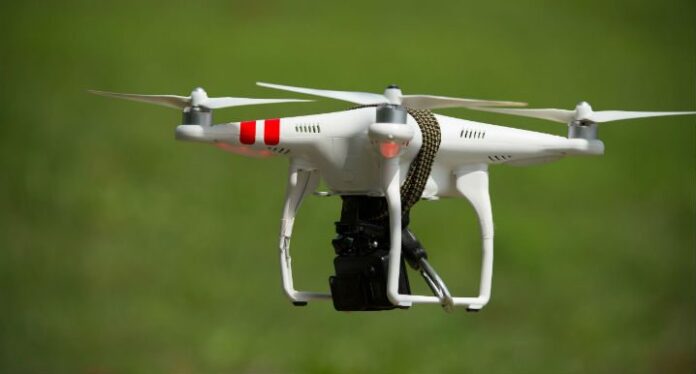LTE-M and NB-IoT enable capabilities for asset tracking, smart meters and other key IoT applications; plus drones controlled over commercial LTE networks
Many industry watchers, including me, have referred to massive-scale internet of things (IoT) as the killer app for forthcoming 5G mobile networks. But that doesn’t mean advanced internet of things use cases including drone-based services won’t be viable until 5G is standardized and commercialized. Qualcomm, which spent months using commercial LTE networks to control unmanned aerial vehicles (UAVs). Similarly, to support connected devices at scale, 3GPP included in its Release 13 specifications for LTE-based connectivity with narrowband IoT (NB-IoT) and eMTC, enhanced machine-type communication or, more commonly, LTE-M.
The internet of things is all around us today, connecting thermostats, cameras and other smart home devices, as well as providing utility operators with a granular understanding of resource usage in a smart grid, deployment, for example. But, as the IoT continues to drive digital transformation in new verticals, at what point does it become massive? 3GPP equates “massive” to 1 million devices per square kilometer, so sensors everywhere, many of them relatively simple devices that don’t necessarily require the ultra high capacity and very low latency expected of 5G. That’s the sweet spot for LTE-M and NB-IoT, according to a recent blog post by Hao Xu, principle engineer/manager for Qualcomm.
Xu describes LTE-M and NB-IoT as complementary in that the specs differing capabilities support a broad range of use cases. For reference, LTE-M provides peak downlink and uplink speeds of 1 Mbps using a 1.4 megahertz channel, and NB-IoT supports a peak rate of 50 Kbps downlink and uplink using 180 kilohertz channel. LTE-M, he writes, “supports essential capabilities such as VoLTE and full mobility for a broad range of IoT use cases, including asset trackers and wearables. NB-IoT, on the other hand, scales down to extreme simplicity…and can provide even deeper coverage,” for devices like meters and sensors.

Xu detailed enhancements to LTE-M and NB-IoT–things like OTA firmware upgrades, better position capabilities and TDD compatibility–that are slated for future 3GPP releases, as well as hit on the role of MulteFire, an LTE technology that allows for standalone deployment in unlicensed spectrum, in supporting the internet of things over private networks. That’s a subject I recently discussed with Mehmet Yavuz, vice president of engineering for Qualcomm; watch a video of his presentation here. He said dedicated on-premise equipment including a small cell network, and potentially core network equipment, provides coverage and capacity that’s optimized to specific enterprise or industrial uses. “Private LTE networks can really fill a need. Private LTE provides the high power performance needed for these industrial IoT applications.”
Back to drones. Qualcomm engineers in San Diego used commercial LTE networks to operate drones beyond visual line of site with a 400-foot ceiling. The test including about 1,000 flights and yielded data suggesting “very strong signal availability at higher altitudes…despite downtilted antennas in the network;” not only successful handover but performance “superior to ground mobile devices;” and coverage similar to what you’d expect to see at ground level.
“This is just the beginning,” Qualcomm’s Paul Guckian, vice president of engineering, wrote in a blog. “The growing drone industry will benefit from the fast pace of innovation of the cellular ecosystem and continuous evolution of LTE technologies.”

